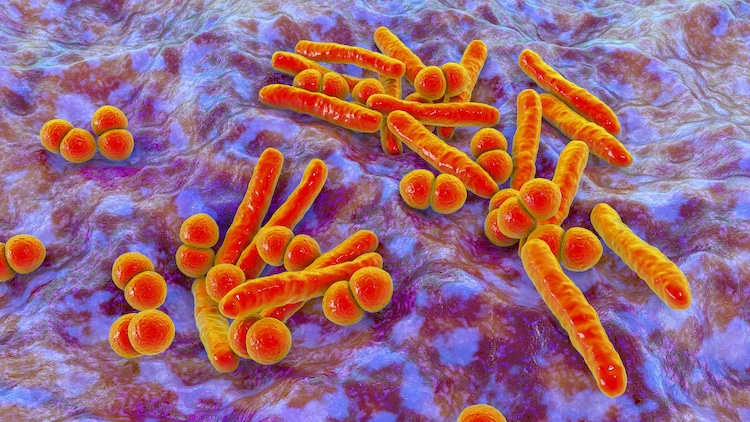Harvard study reveals which types of tuberculosis are most contagious
A Harvard study found that the risk of tuberculosis infection was higher when the bacteria and the person lived in the same hometown, indicating a relationship between local bacteria and the human host.

A recent study by scientists at Harvard Medical School found that the risk of contracting certain forms of tuberculosis (TB) depends on whether the TB bacteria and the person infected share the same hometown.
The study, published in Nature Microbiology, compared different types of TB in a mixed population of a metropolitan city.
Research provides evidence that the interactions between the pathogen, location, and human host play an important role in the risk of infection.
This supports the idea that some bacteria and their human hosts have evolved together over hundreds or thousands of years.
According to the World Health Organization (WHO), the study could influence new strategies for preventing and treating TB, a disease that affects more than 10 million people each year and causes more than one million deaths.
The researchers created a unique study group by combining TB case files from New York City, Amsterdam and Hamburg. This allowed for the first controlled comparison of the infectivity of TB types in populations with mixed geographic origins.
The findings showed that close contacts of people with a geographically restricted TB strain had a 14% lower rate of infection and a 45% lower rate of developing active TB than those exposed to a widespread strain.

Bacteria with a narrow geographic range were more likely to infect people living in their original region.
The study showed that when a person is exposed to a geographically confined virus from another region, compared to the virus from his or her own region, the chances of infection are reduced by 38%.
This applied to individuals who lived in the region or had a parent from the region.
“This large effect size indicates an important public health impact,” said Maha Farahat, associate professor at Harvard Medical School.
The research highlights the importance of understanding the differences between different TB strains and their interactions with human populations. It also emphasises the need to consider genetic differences between TB strains and human hosts when developing treatments and vaccines.
In laboratory tests, human immune cells obtained from donors who matched the region of origin of the TB strain were more susceptible to infection. This mirrors the results of epidemiological studies and highlights the need for more research on genomic differences between bacteria and host cells.
Farhat stressed the importance of considering human and TB genetic diversity in treatment strategies.
By combining data from public health departments and using advanced computational tools, the researchers were able to analyze 5,256 TB cases and 28,889 close contacts.
This study could lead to better targeted treatments and improved outcomes for people with TB.





